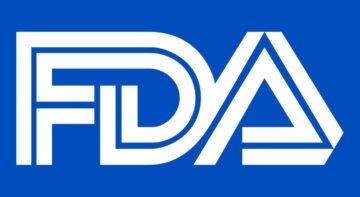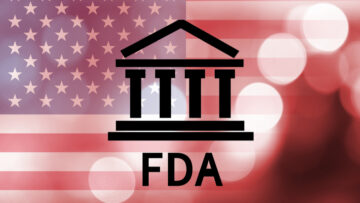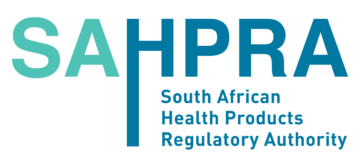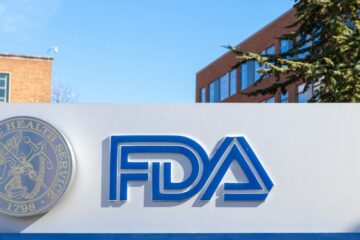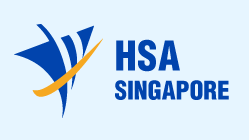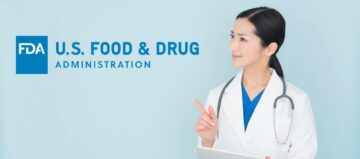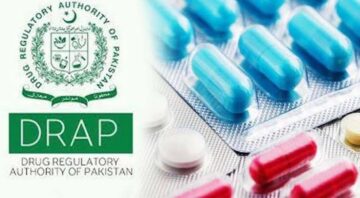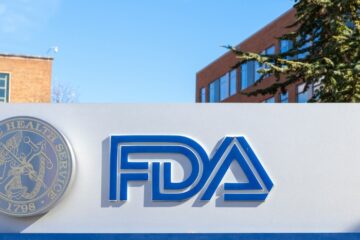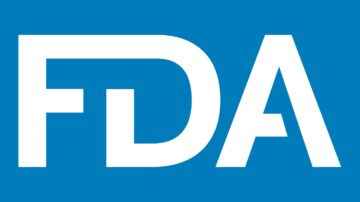The article provides an overview of the new regulation and highlights the key points associated thereto.
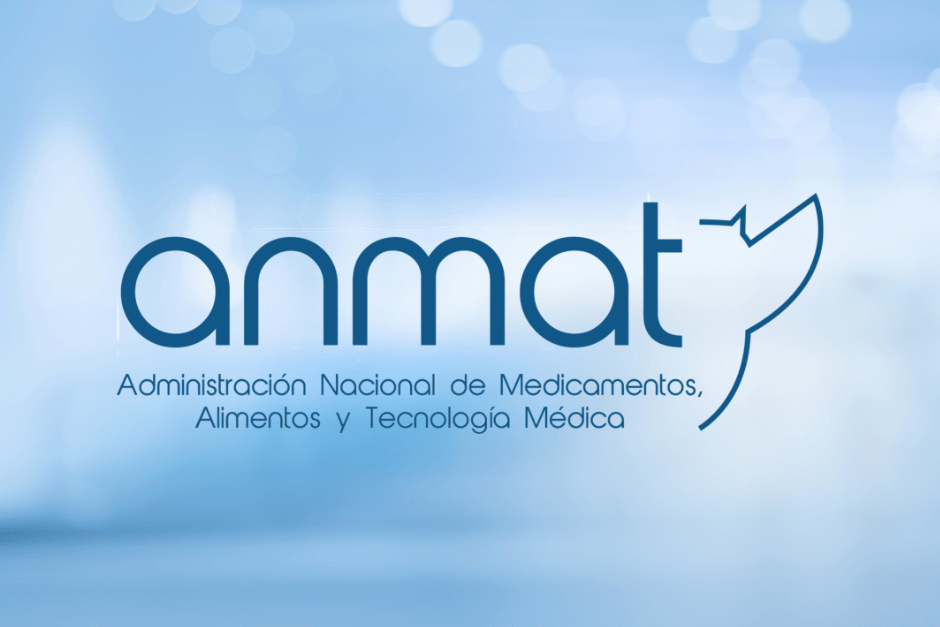
Table of Contents
The National Administration of Medicines, Food and Medical Technology (ANMAT), the Argentinian regulating authority in the sphere of healthcare products, has published a new regulation dedicated to Good Technovigilance Practices.
The document outlines the requirements that are mandatory for all holders of medical product authorization in the post-market stage.
Background and Context
Technovigilance is essential for controlling and supervising medical products. This process aids in the early identification of unexpected adverse events and quality failures in the extended use phase of medical products.
Companies having their products included in a Medical Products Registry are required to implement a post-marketing surveillance system, which collects and evaluates experiences from marketed medical products.
This surveillance ensures products remain safe and effective, while also facilitating continuous improvement.
The World Health Organization’s document titled “Guidelines for post-market surveillance and market surveillance of medical devices, including in vitro diagnostic devices” suggests phased implementation for post-market surveillance.
This document emphasizes the importance of claim management.
Manufacturers must establish procedures to manage claims, particularly those that indicate a product’s non-conformity or those related to severe consequences such as serious injury.
ANMAT Provision No. 9688/2019 sets criteria for registering Medical Products, including demonstrating market history and presenting specific documents such as the Letter of Representation and the Manufacturer’s Letter of Commitment.
These documents ensure that manufacturers and importers share vital information about the product’s status in various markets.
In light of technological advancements and global updates, it is recommended that manufacturing companies and importers of medical products also act as technovigilance notifiers.
To enhance post-marketing surveillance, mandatory communication actions, methodologies, and deadlines should be defined for the health authority.
Given the experiences with the digital platforms, a digital system for reporting adverse events and corrective actions should be established, ensuring compliance with the respective regulations.
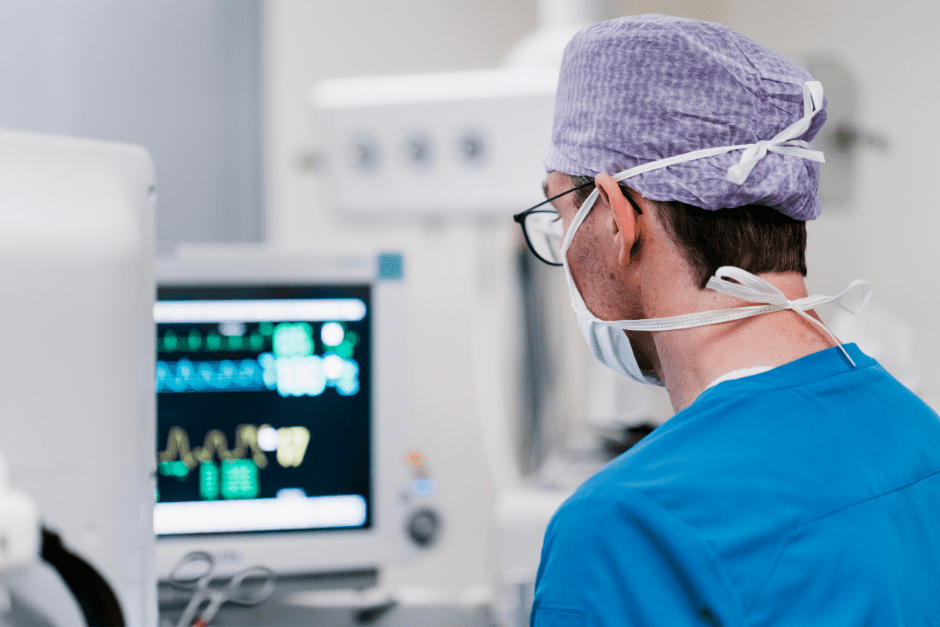
Key Provisions
- Requirements for Good Technovigilance Practices
These practices are now mandatory for all Medical Product Registration holders in the post-marketing stage. - Adverse Events Reporting
Companies must report any severe adverse events related to their products.
They must notify the National Administration of any serious threats to public health within 48 hours and adverse events causing severe health deterioration within 10 days.
Post reporting, companies are required to conduct prompt investigations regarding the event and the affected products. - Corrective Safety Actions
Companies must notify the National Administration about any corrective safety action within ten days from its commencement.
They must also inform the users about these corrective measures. - Digital Platform for Notifications
Technovigilance notifications should be processed via a digital platform. - Responsibilities of Company Executives
The Technical Director and Legal Manager are responsible for the accuracy of documentation and information. They are also held accountable for verifying compliance of documentation. - Rights and obligations of the National Administration
The National Administration can seek clarifications on investigations, ask for additional information, and visit establishments when necessary.
The administration can also involve specialized experts when deemed appropriate. - Penalties for Non-compliance
In cases of non-adherence to the stipulated obligations, appropriate preventive measures will be taken to ensure public health and patient safety.
Offenders will face penalties as per established laws and decrees. - Timeline for Adapting Quality Management Systems
Companies have 120 days from the regulation’s effective date to adjust their quality management systems. - Effective Date
The regulation takes effect the day after its publication in the Official Gazette.
Conclusion
In summary, with this regulation, the National Administration of Medicines, Food, and Medical Technology aims to enhance the safety and effectiveness of medical products, ensuring the well-being of the public and adherence to global standards by introducing additional reporting and surveillance obligations the parties responsible for medical products should comply with
How Can RegDesk Help?
RegDesk is a holistic Regulatory Information Management System that provides medical device and pharma companies with regulatory intelligence for over 120 markets worldwide. It can help you prepare and publish global applications, manage standards, run change assessments, and obtain real-time alerts on regulatory changes through a centralized platform. Our clients also have access to our network of over 4000 compliance experts worldwide to obtain verification on critical questions. Global expansion has never been this simple.
Want to know more about our solutions? Speak to a RegDesk Expert today!
–>
- SEO Powered Content & PR Distribution. Get Amplified Today.
- PlatoData.Network Vertical Generative Ai. Empower Yourself. Access Here.
- PlatoAiStream. Web3 Intelligence. Knowledge Amplified. Access Here.
- PlatoESG. Carbon, CleanTech, Energy, Environment, Solar, Waste Management. Access Here.
- PlatoHealth. Biotech and Clinical Trials Intelligence. Access Here.
- Source: https://www.regdesk.co/anmat-regulation-on-technovigilance-overview/
- :has
- :is
- 10
- a
- About
- access
- accountable
- accuracy
- Act
- Action
- actions
- adapting
- Additional
- Additional Information
- adherence
- adjust
- administration
- advancements
- adverse
- affected
- After
- aids
- aims
- Alerts
- All
- also
- an
- and
- any
- applications
- appropriate
- ARE
- Argentina
- argentinian
- article
- AS
- ask
- assessments
- associated
- authority
- authorization
- BE
- been
- Blog
- by
- CAN
- cases
- causing
- centralized
- change
- Changes
- claim
- claims
- clients
- collects
- commencement
- commitment
- Communication
- Companies
- company
- compliance
- comply
- concepts
- conclusion
- Conduct
- Consequences
- continuous
- controlling
- criteria
- critical
- Date
- day
- Days
- dedicated
- deemed
- defined
- definitions
- demonstrating
- device
- Devices
- diagnostic
- digital
- digital platforms
- Director
- document
- documentation
- documents
- Early
- effect
- Effective
- effectiveness
- emphasizes
- enhance
- enhancements
- ensure
- ensures
- ensuring
- essential
- establish
- established
- Event
- events
- expansion
- Experiences
- expert
- experts
- Face
- facilitating
- fda
- food
- For
- from
- Global
- global expansion
- good
- guidance
- Have
- having
- Health
- healthcare
- Held
- help
- highlights
- history
- holders
- holistic
- HTTPS
- Identification
- images
- implement
- implementation
- importance
- improvement
- in
- included
- Including
- indicate
- inform
- information
- Intelligence
- introducing
- Investigations
- involve
- IT
- ITS
- Key
- Know
- Laws
- Legal
- letter
- light
- manage
- management
- management system
- manager
- mandatory
- Manufacturers
- manufacturing
- Market
- Markets
- max-width
- measures
- medical
- medical device
- medical devices
- methodologies
- more
- must
- National
- necessary
- network
- never
- New
- no
- notifications
- now
- obligations
- obtain
- of
- official
- on
- or
- our
- outlines
- over
- overview
- particularly
- parties
- patient
- per
- Pharma
- phase
- Phased
- platform
- Platforms
- plato
- Plato Data Intelligence
- PlatoData
- points
- practices
- Prepare
- procedures
- process
- processed
- Product
- Products
- provides
- public
- public health
- Publication
- publish
- published
- quality
- Questions
- real-time
- recommended
- regarding
- registering
- Registration
- registry
- regulating
- Regulation
- regulations
- regulatory
- related
- remain
- report
- Reporting
- representation
- required
- Requirements
- respective
- responsible
- Run
- safe
- Safety
- Seek
- serious
- severe
- Share
- should
- Simple
- Solutions
- Source
- speak
- specialized
- specific
- Sponsored
- Stage
- standards
- Status
- such
- Suggests
- SUMMARY
- surveillance
- system
- Systems
- taken
- takes
- Technical
- technological
- Technology
- ten
- that
- The
- their
- These
- they
- this
- those
- threats
- Through
- titled
- to
- Unexpected
- Updates
- use
- users
- various
- Verification
- verifying
- via
- Visit
- vital
- want
- when
- which
- while
- WHO
- will
- with
- within
- world
- worldwide
- you
- zephyrnet

